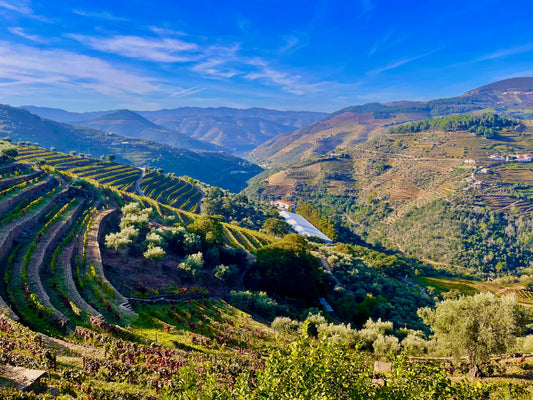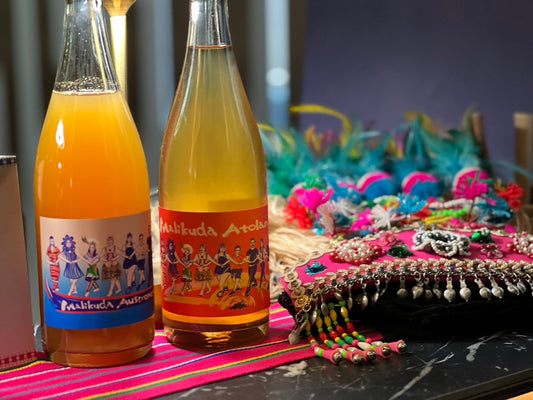The oldest wine region in the world is a marvel of ancient vines and beautiful landscapes
Portugal’s Douro Valley is the ultimate three-day wine destination. Porto, with its international airport, hilly vistas, elegant iron bridges, fish-focused cuisine and ancient Roman roots, is a marvellous architectural and epicurean prelude to the delights of the Douro.
Scenic travel upriver via Pinhão may be accomplished by train, road or boat. The once tumultuous Douro, now dammed, allows for gentle passage with perfect views. Pinhão's traditionally tiled railway station is a destination in itself, as is nearby Quinta de la Rosa, a port estate, hotel and riverside restaurant in one. Quinta da Côrte is another exquisite spot to sleep and eat overlooking old vines, as is 400-year-old Quinta do Crasto.
The Douro Valley boasts the largest area of mountainous vineyard in the world. Carved by the river from shale and granite over millennia, the valley runs east to west, from Spain to Porto and the Atlantic. The river swaps names seamlessly from Spanish Duero to Portuguese Douro at the border. Man-made dry-stone terraces dating back centuries make grape growing possible, but it is costly and burdensome work.
A vinous revolution has been underway for decades. Young producers, priced out of port production thanks to costly ageing requirements, slow returns and higher taxes on alcohol, are making radical table wines from dry-farmed old vines. Ancient vines are relatively common in this long-established wine-making region, known for its still wines even before port’s invention. A multitude of indigenous varieties makes for field-blend heaven and provides a boundless palate of flavoursome inspiration.
Many grand port houses are making still wine, too; Dirk Niepoort winemaker at his eponymous family port house, was one of the first exponents of diversification. He says the best vineyards for still wine are high altitude and north-facing, whereas the vines face south for port. He is one of the Douro Boys, a wine-making collective responsible for exceptional table wine, port and tourism; he supports younger producers, too.
New producers need to be tourism savvy to survive. Many offer educational experiences, tutored tastings, accommodation and vineyard walks. Tourism is the lifeblood of this region. Six centuries of Anglo-Portuguese friendship and trade are expressed through port production. Port families work tirelessly to keep the industry alive by diversifying their businesses to meet the requirements of a changing market and warming climate.
The Douro Valley may be Unesco-protected, but climate change dictates its own terms. Harvests are earlier, and yields are smaller. All port grapes are harvested by hand, and wines are aged for at least two years. Strict rules govern port grape prices, and it is illegal for a port producer to sell more than 30 percent of a vintage. Survival has required consolidation. The Symington Family owns Grahams, Dows, Warre's, Cockburn's and a portfolio of Douro wines, too.

Quinta do Noval cellar
Quinta do Noval is the ultimate incarnation of this metamorphosis. Famous for ungrafted Nacional vines, exceptional port and a beguiling situation, it was purchased by the insurance company AXA in 1993 and has been in the well-funded hands of Christian Seely ever since. Seely is in the final stages of opening an impressive modernist visitor centre at Noval.
Portugal’s new wave of still wine producers use indigenous grapes to make old-world wines with new-world verve, while port producers are actively seeking new markets. All are fighting climate change. There is a real risk that global warming will one day end grape production in the marginal Douro Valley, where dry-farmed old vines draw sustenance from the rocky terraces and olive trees pepper the hills. This magnificent landscape should be a pilgrimage for every wine lover.
Lisse Garnett was a BBC broadcast journalist before turning to drink. Years in pubs and hospitality financed her education, little did she know her true calling was right there all along. Plumpton, WSET and specialist wine importing followed. Today she writes.




